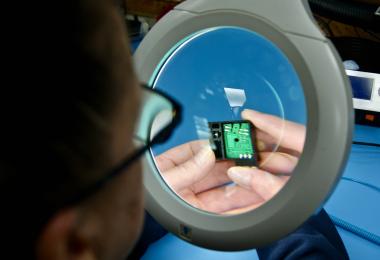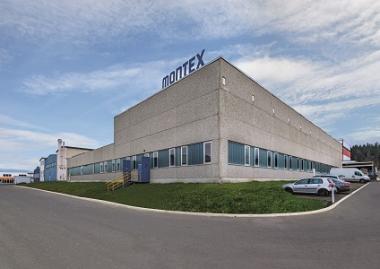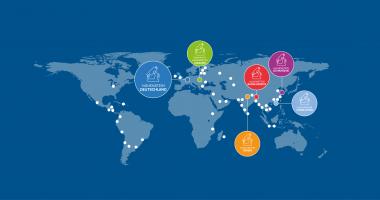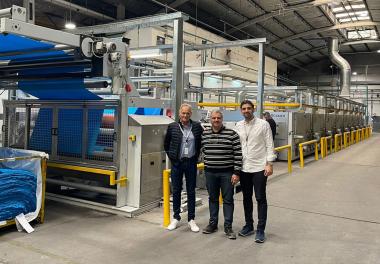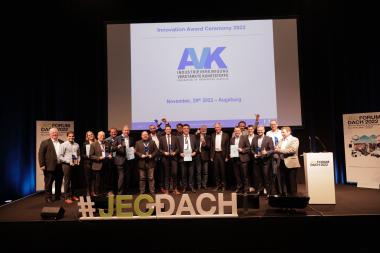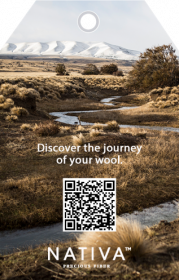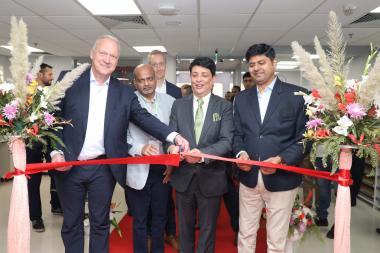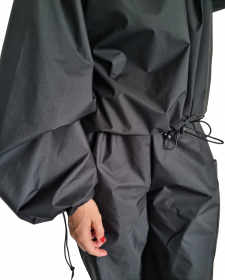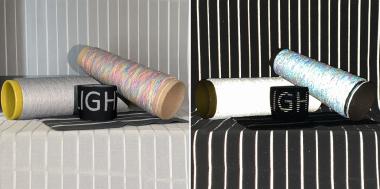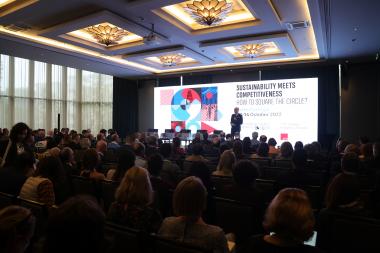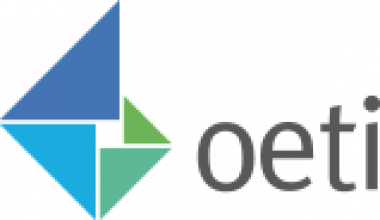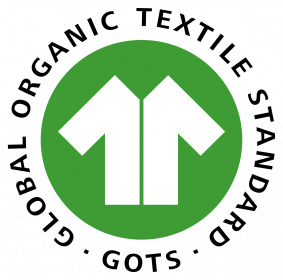BTMA: Sensor specialist becomes employee owned
BTMA member Dent Instrumentation – a specialist in contactless yarn sensors – has become an employee-owned business following the formation of a new Employee Ownership Trust (EOT).
The company, based in Colne, Lancashire, has been family owned since its founder Geoffrey Dent secured a patent for the very first contactless yarn sensor in the 1960s. It has been successfully run by his son Andrew and the family for many years.
“This deal ensures a smooth succession as well as the preservation of the company’s core family values and the Dent Instrumentation name,” said Managing Director Colin Hull. “The EOT structure will maintain the integrity of the business for years to come.”
The liability of Dent sensors makes them integral to the yarn spinning and winding processes and they have become a standard throughout the textile industry, recognised for their quality, performance and value. They are used by major manufacturers of textiles and textile machinery under either Dent or OEM machine builder brands.
BTMA / AWOL


